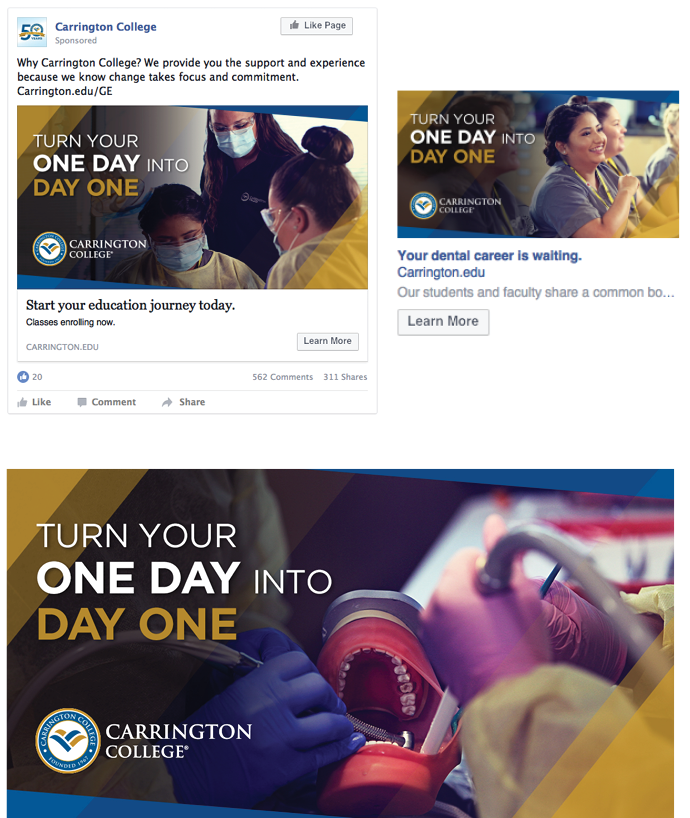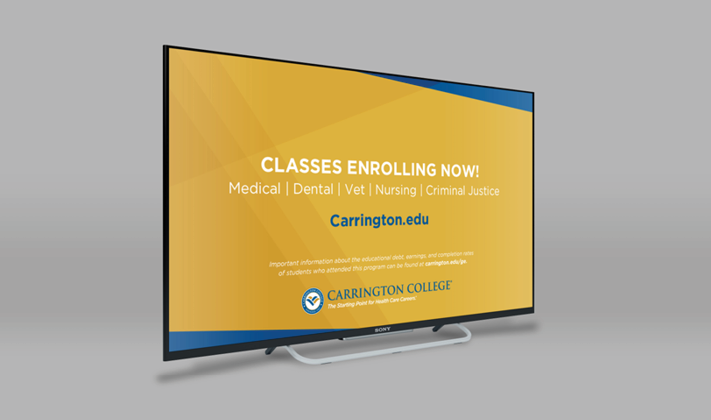Carrington College
Client Background
Carrington College is a for-profit educational institution with a focus on certificate and associates programs in the medical, dental, veterinary, and criminal justice fields. Carrington serves about 5,000 students at 21 campus locations and 8 learning centers in the West, as well as through online programs.
The Challenge
The for-profit education field isn’t just competitive – it’s saturated. Carrington College was struggling not only to be heard above the crowd, but to find its unique voice in a way that could influence preferences vs. their peers. The Carrington marketing team hadn’t adapted to the changing times of branding and was relying on outdated practices to move the needle. At the time they partnered with WHYFOR, the school was solely focused on paid ads and social media. Unfortunately, they were ignoring an ironclad truth in the advertising world: Paid media can alter perception, but it’s almost impossible to use it for changing preferences. The latter requires relationship building and showing people an experience.
The Tools
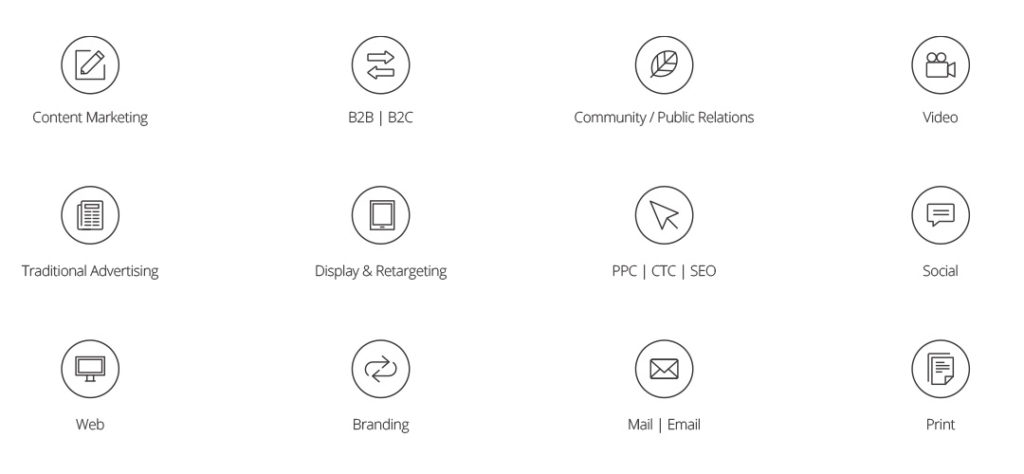
The Research
When WHYFOR joined the project, Carrington had already developed demographic personas to understand their target student. Combing through the data, it was essentially a big haystack with very few needles. Furthermore, the WHYFOR research team interviewed students, alumni, and faculty, and found that much of the information was either irrelevant or misleading. One key discovery, for example, was that many of the school’s students did not have Wi-Fi in their own homes, and they would need to go to McDonald’s or Starbucks to go online. Another was that many of them were single moms, for whom juggling daycare and going to class was a challenge.
WHYFOR performed secret shopping, not only to better understand the student application process but to verify whether Carrington’s for-profit model and strategies fit within our own values prior to working with them. To augment that research, WHYFOR thoroughly examined the current campaigns being promoted by other for-profit schools and looked at marketing, data, and employment trends.
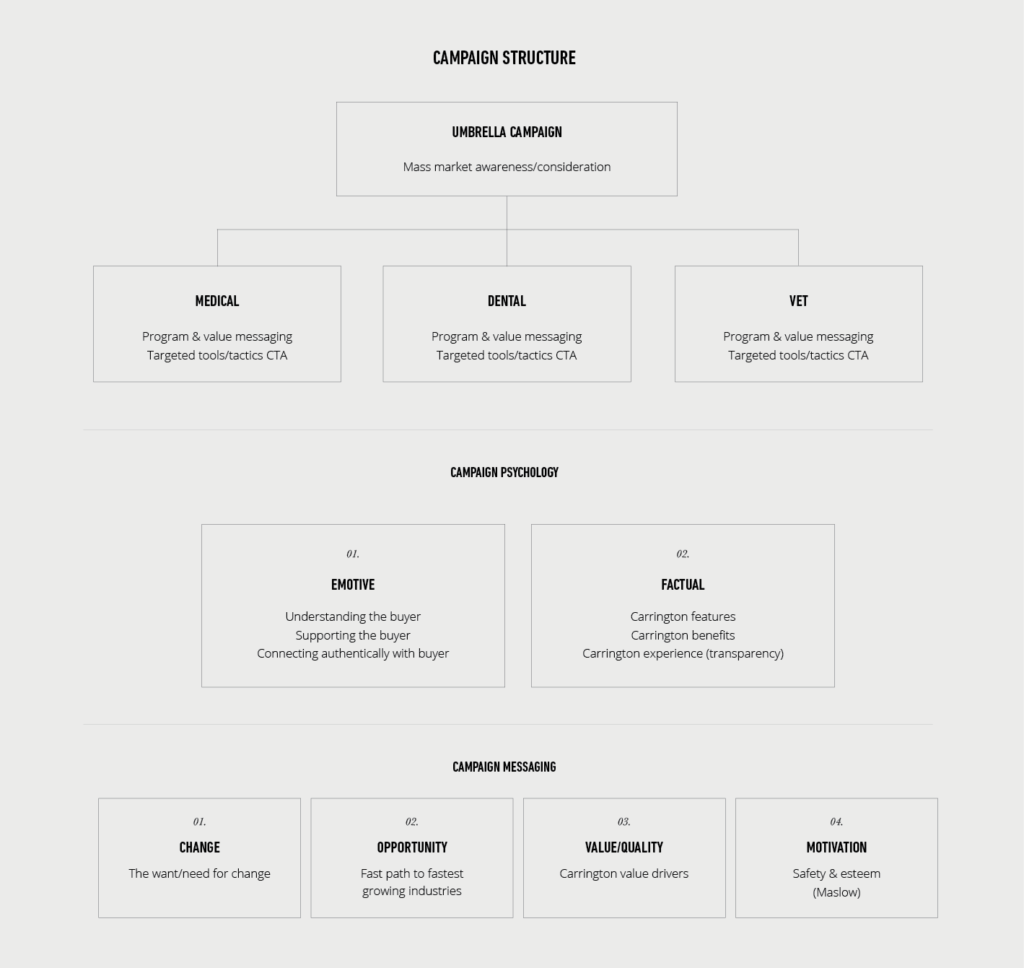
Turn Your One Day Into Day One
At a high level, WHYFOR used Maslow’s hierarchy of needs to interpret the psychology and motivations of prospective students. Based on the research, the creative path was driven towards two specific audiences. The first was people living paycheck to paycheck, struggling to make rent. For them, education serves as safety. The second group was those looking to improve their lives and reach higher aspirations. For them, education serves as esteem.
On a practical level, WHYFOR uncovered the answer that bridged the two audiences – and an element that Carrington’s competitors missed – was in inspirational storytelling. In life, it’s easy to see what success looks like, but it’s not always clear how to get there and it’s easy to put off. With the campaign tagline “Turn Your One Day to Day One,” WHYFOR made that connection explicit. There’s a day one when you submit your application, when you walk into your first class, when you graduate, and when you get your first job – with Carrington’s support structure transitioning into your career and serving as the bridge that prepares you for all your future day ones.

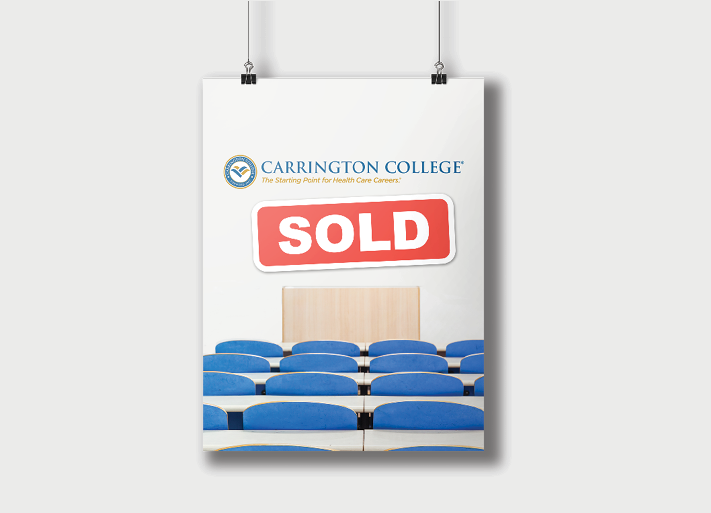
The Aha Moment
This might be the most honest commentary in a case study you’ll ever read. Due to Carrington’s sale after only 5 months of the campaign, the project can best be described as a partial success. The creative was so well received that the Carrington CMO asked us to pitch his counterpart at their parent company, DeVry – something that had never occurred before during their relationship.
While the sale came as a surprise, the results were positive enough that the incumbent agency continued running the campaign. Even if somewhat bittersweet, that was a testimony to what sets WHYFOR apart from other agencies: not just doing the creative work, but helping brands grow and evolve. Ultimately, however, the execution by the brand itself hindered it from achieving its full potential of changing the perception of Carrington.
